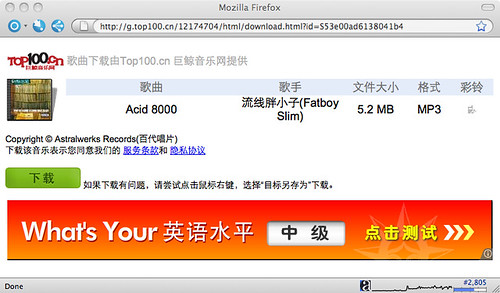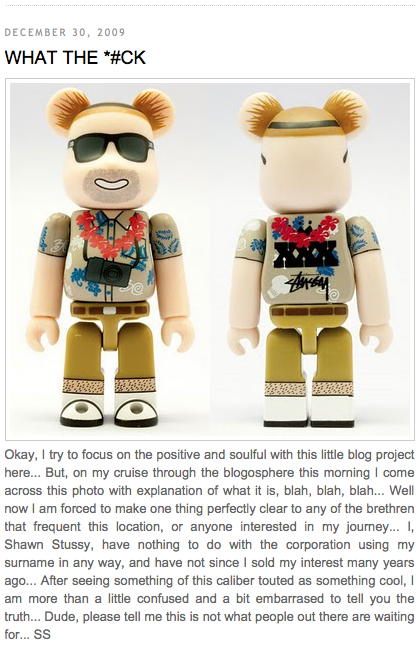How China’s internet regulations got me thinking about the Shrook RSS reader and service. I got unfettered internet access during a trip across the border from Shenzhen , China to Hong Kong. I briefly checked my Bloglines account and found that I had over 11,000 unread posts to catch up on.
This got me thinking about a solution, so I will be trying out Shrook RSS reader and service to see if it provides an effective solution to my RSS addiction in China.
Bloglines like Google Reader was blocked in China. I presume because these platforms would otherwise provide access to content that the Chinese government might to have censored.
Shrook is a mix of application and cloud service with a freemium price plan offering always-on RSS goodness. Given my China-specific needs, it makes sense to go to smaller, niche services like Shrook. Shrook has a nice simple design to the RSS reader and is a native app for the Mac. It compares favourably to the way NetNewsWire was back in the day. The ability to sync online also allows RSS usage across different devices – so for instance home and work machines.
UPDATE (September 19, 2020): Both Bloglines and the Shrook RSS sync service no longer exist. The last version of the Shrook RSS reader to work was published in 2016. The app has since been withdrawn from the Mac App Store. Bloglines closed down on October 1, 2010.





